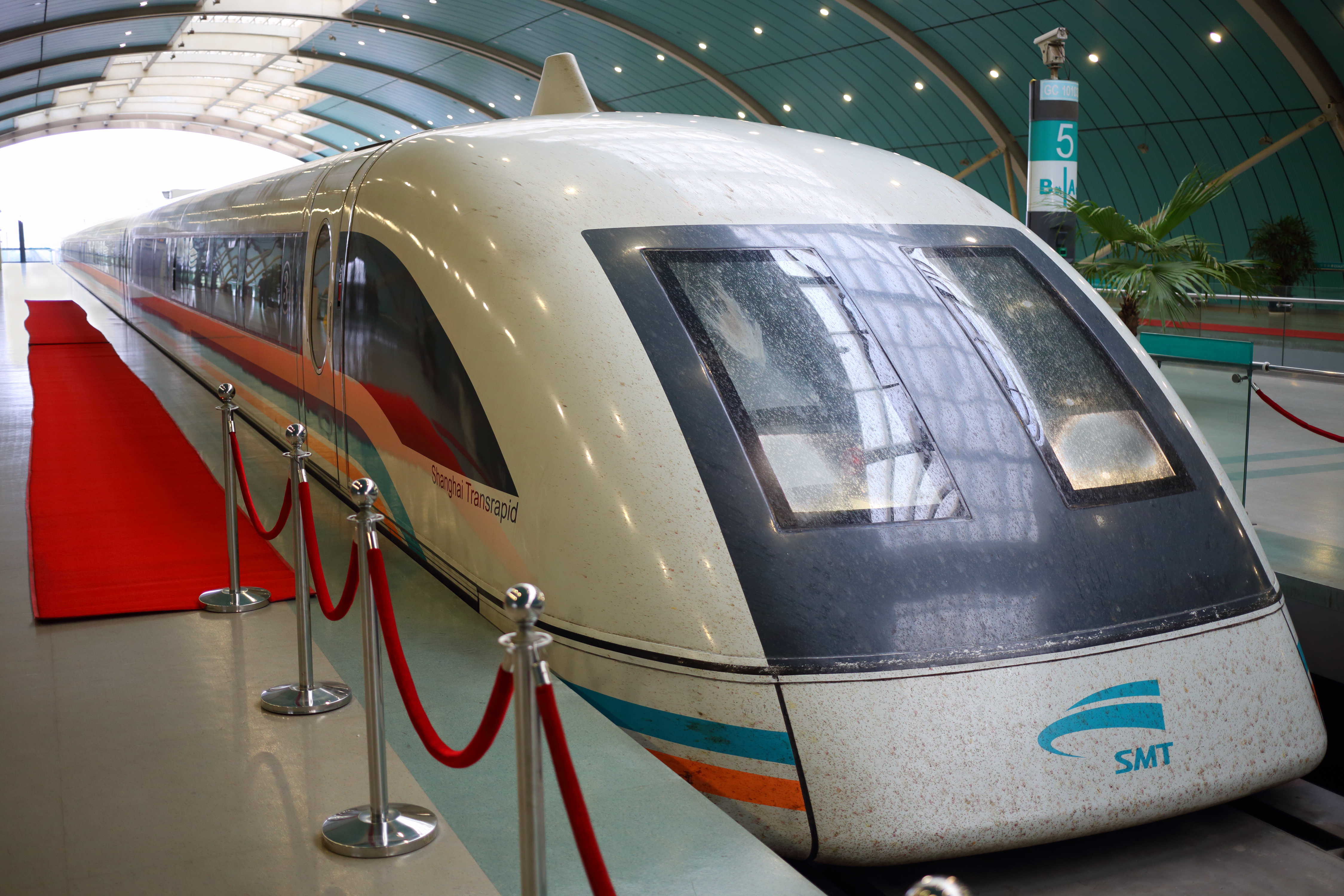By Professor Michael Mainelli
Consider these: 788, 786, 783, 769, 766. No, not Boeing airplane numbers, these are the ratings of the top five cities in the 24th Global Financial Centres Index (September 2018), New York City, London, Hong Kong, Singapore, and Shanghai. London has lost its top ranking, and three Asian centres are now neck-and-neck with the two old-time contenders. And airports matter.
If you want to be a global financial centre you have to be an open, cosmopolitan centre where international people want to be, and can be.
The UK, pre-Brexit, has become harder and harder to get to and enter. The UK post-Brexit is as confusing as ever. We could discuss bureaucracy and visas, but physical access matters most of all, and most people – given we are an island – travel to the UK by air.
Airports are infrastructure; they are aircraft, terminals, local connections, amenities, and runways in balance. London is awkwardly served by its various airports. Discussions about expanding air transport in southern England are half a century old.
In December 2003, the UK government published a framework document, “The Future of Air Transport White Paper”. This unleashed waves of lobbying for Heathrow v Gatwick, with sideswipes by and at other London airports. The lobbying was focused on the UK government, rather than airport companies just going ahead and building. A proposal for a new Thames estuary airport added to the political heat.
Thames Estuary
The reasoning behind an existing airport not just going ahead with runway expansion is complex but two salient points affect thinking. First, many decision-makers and planners are seduced by the idea that a ‘hub’ airport is essential. Hub thinking is old.
Aircraft manufacturers have switched their products from jumbos to point-to-point aircraft, yet Heathrow and the UK government refer constantly to the importance of hubs. This Highlander film thinking, “there can be only one”, doesn’t affect everyone, but, second, if you do go ahead and build and the government supports Highlander thinking, then your ‘hub’ competitor will get immense advantages in planning breaks, road and rail transport connections and so on.
So, the period since 2003 has been dominated by airports trying to get central government support and, in the case of Heathrow particularly, exemptions from environmental, planning, and other restrictions. Meanwhile, the business community has been saying, “please get on with something”, e.g. “Aviation Services And The City – 2011 Update” published by the City of London Corporation.
Fifteen years later and not a spade of dirt turned, in 2018, the UK government published “The Proposed Expansion Of Heathrow”, noting that “Heathrow and Gatwick are already at capacity and the rest of London’s main airports will have no more room for new flights by the mid-2030s.” The report also reaffirmed support of the hub strategy.
A Free Market Silver Bullet?
Six years ago in Shanghai, I chaired an uncomfortable session on UK air travel. Cathay Pacific’s Head of Strategy told a largely UK audience then that, basically, they don’t expect anything from the UK for at least the next 15 years – 2.5 years for Howard Davies not to report, at least 2.5 years for somebody to write a real report, at least ten more years until anything happens – or perhaps 25. And then late and over budget. Despite the audience’s vocal objections, six years out he is cringingly on target.
But it made me think. Is the UK some sleeping Soviet state that missed the changes and fall of 1991? Shouldn’t air travel be subject to the same laws of competition that keep down prices, improve service, and prevent monopolies like hubs? Perhaps we should see less focus on ‘efficiency’ (note that efficiency has led to brittle, unresponsive, and over-tired infrastructure) and more on customer service and pricing.
If so, how can we make London and the Southeast’s airports more competitive?
Fast money
Naturally, I took the Maglev (Magnetic Levitation Railway) from Shanghai airport just to try it out. I also travelled on regular Chinese railways. I took a one-hour journey to Nanjing (300 km) and one to Hangzhou (also 300km). The Chinese first class return for both was £20.
A week later back in the UK, I had a six-hour journey to Scarborough, circa 400 km, when Scarborough first class (ahem) was £264. Pity the then poor chairman of Network Rail sharing the journey with me.
In January 2014 I loved the Rt Hon Lord Mayor Fiona Woolf’s point “My law firm was simultaneously commissioned in 1991 to advise on both the Hong Kong International Airport and Terminal 5. Hong Kong opened in July 1998, seven years later. At the smaller Terminal 5, planning permission didn’t arrive for another three-and-a-half years in November 2001, construction started in 2002 and it opened in 2008.”
So, how do you make people move quickly? Competition. I disagree that we need one big airport. Try and explain that strategy to Southwest, EasyJet, or Ryan Air. In my opinion, BAA’s ability to hamper competition has been the big problem stifling investment.
Furthermore, why should we want to intensify a single point of failure at Heathrow. But structuring airport competition is tough. Oddly, I turn to using, a not-exactly-brilliant-result-of-competition in the UK, rail. I wonder whether a high-speed railway could form the basis of competition around London. Obviously, I’m thinking a rapidly-built Maglev as in Shanghai. An elevated rail that could literally ‘lift off’ the problem of inter-airport movement and competition, largely following the M25.
Imagine the Maglev being ‘airside’, i.e. clearing security at a carpark or other station before boarding. From my Ministry of Defence days with Farnborough, Boscombe Down, etc., I’ve long been aware that a few other underused airfields do exist, as well as fields that might do more if they had a chance. Northolt for example. Two other exceptional airfields, in the absence of a proper survey taking into account large aircraft etc., are Dunsfold and Bedford. Thus, a basic Maglev route might be:
A = Stansted, B = Luton, C = Northolt, D = Heathrow, E = Farnborough, F = Dunsfold, G = Croydon, H = Biggin Hill, with possible spurs to J = Bedford, K = Kent International, L = Southend. Note that an Estuary Airport could be included too.
Looking like this:

The core length A back to I – the blue line – is 210 miles. A fair chunk is along motorways, especially the M25, which is good and bad; good for planning permission and slightly bad for length. That’s 6 hours and 30 minutes of driving time according to Google. On Maglev, at slow Shanghai speeds (18.6 miles in 7 minutes 20 seconds), thus accounting for stops, rather than using top speed (331 mph), we get a Maglev roundtrip of 83 minutes, or 41.5 minutes to get anywhere from anywhere on the line. Thus, the Maglev is ‘the hub’ airport.
Increased Competition
So, the contention is we don’t have a failure to communicate, we have a failure to connect and that leads to a failure to compete among airports. Such a Maglev might create a hub of airport competition around London. It would probably make airports compete enough to rationalise routes further – Stansted for northwest Europe, Gatwick for southeast to Europe and Asia, Heathrow for North America. It would help support service competition – “you’re heading to Spain tomorrow? That’ll be Gatwick, no? Carpark prices outrageous! But you live near Farnborough? Get on the Maglev there where the carparks are cheap and ride round.”
Such a Maglev should attract and support airport development wherever there is a commercial case that meets local and environmental planning constraints. Hub airports emerge on their merits, not because evangelical planning prophets believe in them. Moreover, a Maglev round London provides not just competition, but also resilience.
Perhaps the key point is that if a Maglev is a good idea, it is also a good idea even if a ‘hub’ airport is built. Such a Maglev route should itself be a competition. The only problem?
Can the UK move from a Soviet central government planning process quickly enough to avoid the UK sliding faster down competitiveness tables for business and tourism attractiveness?


